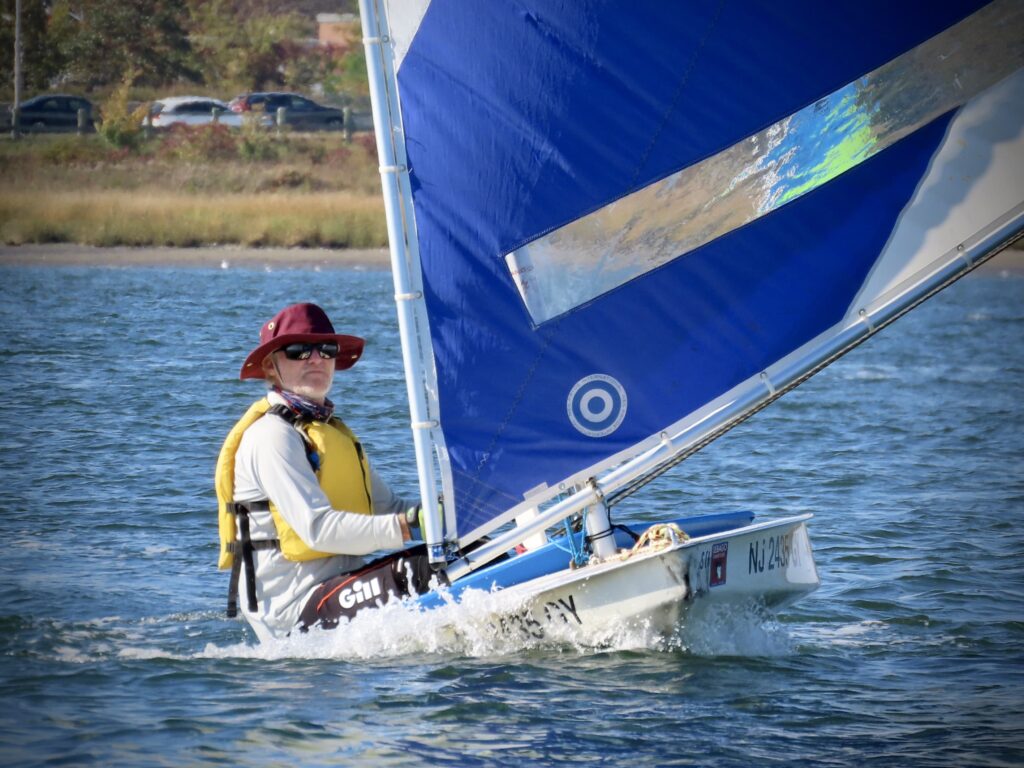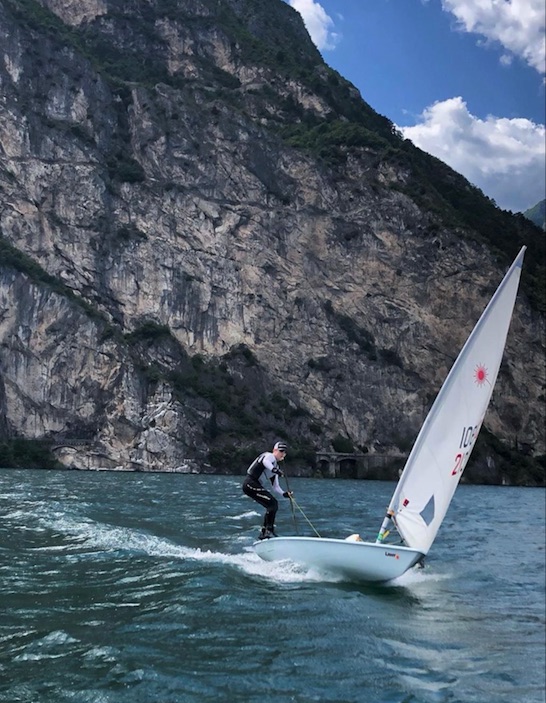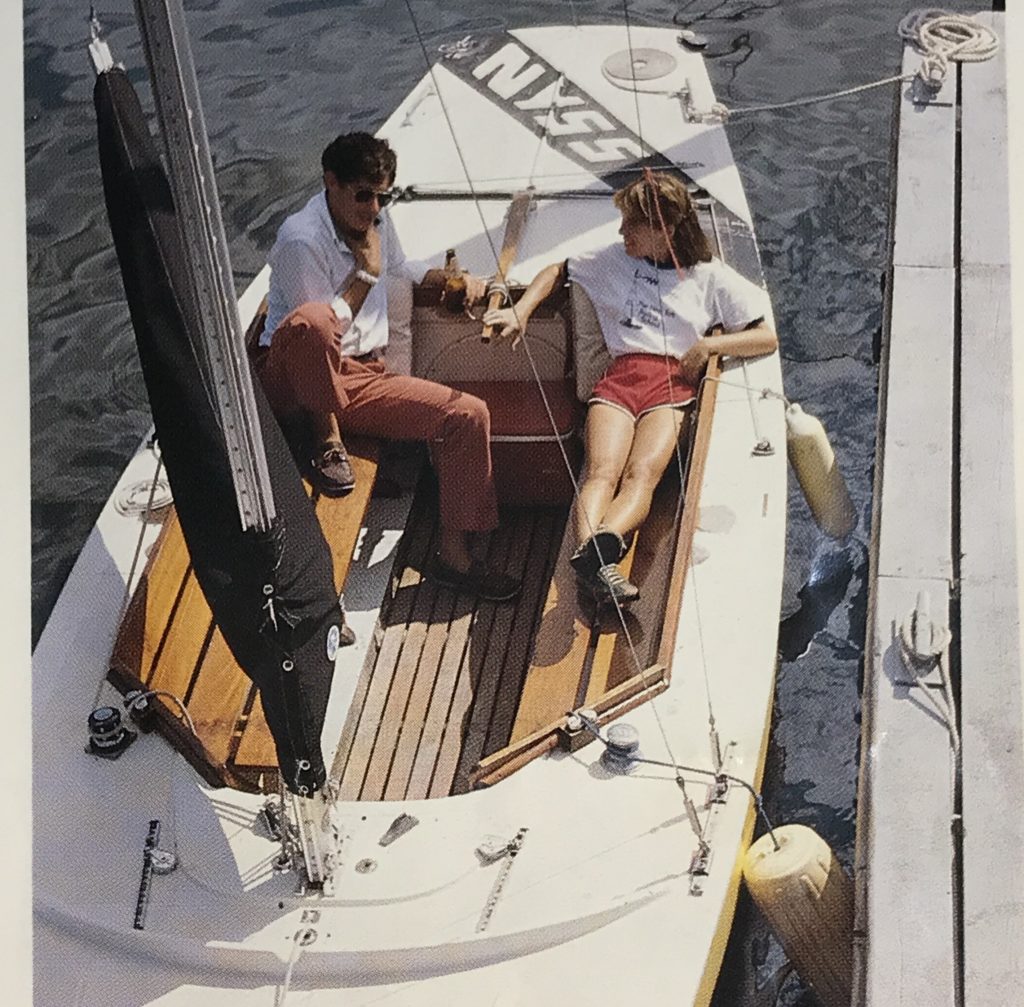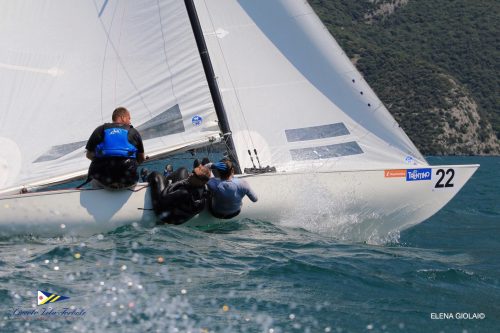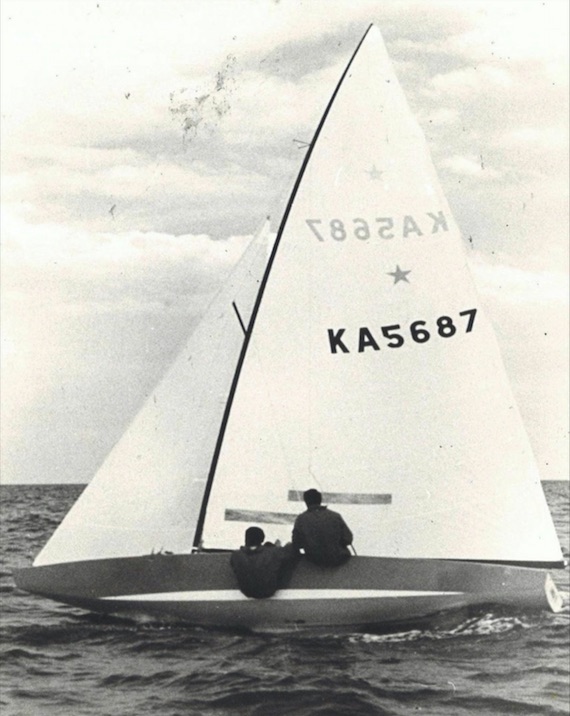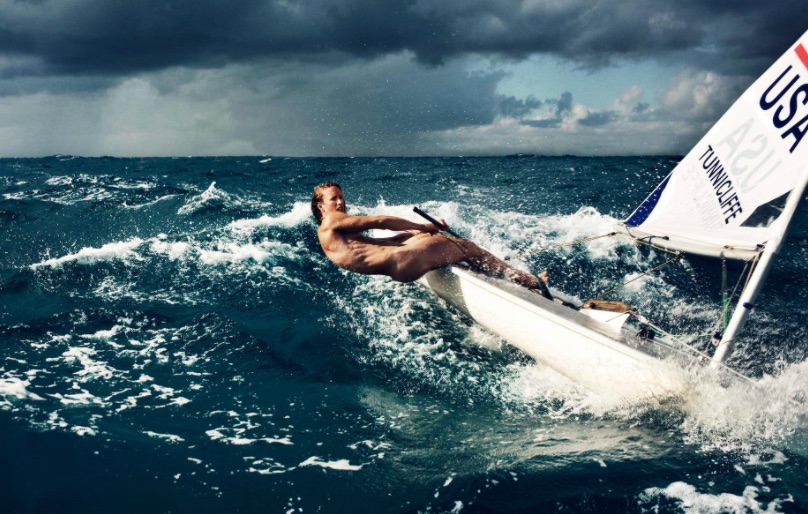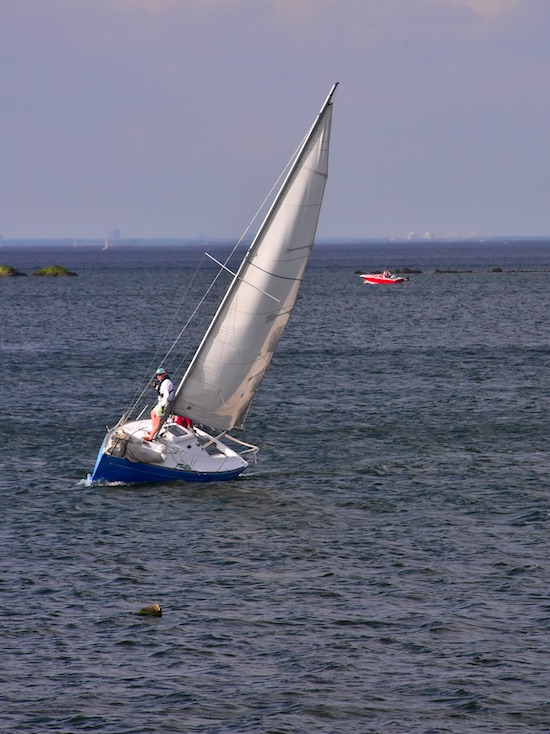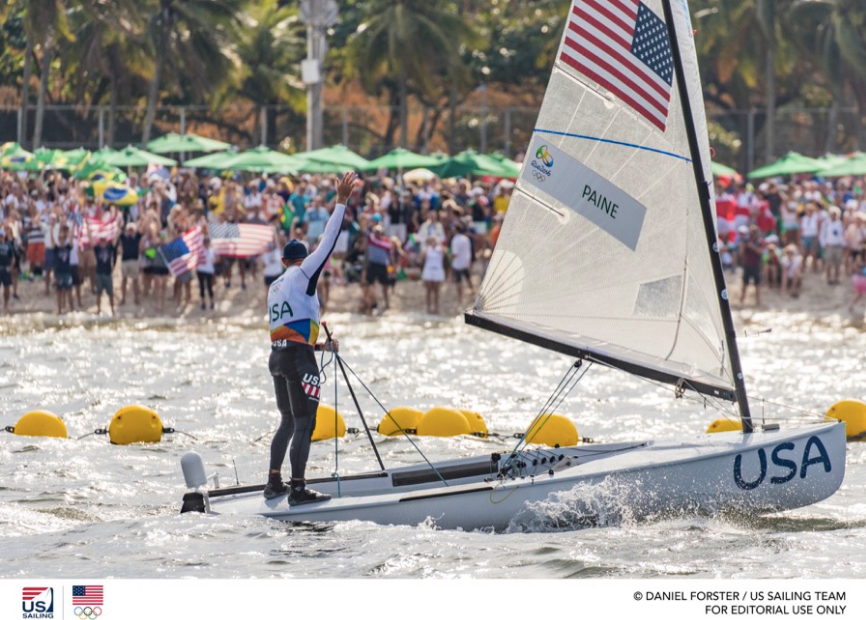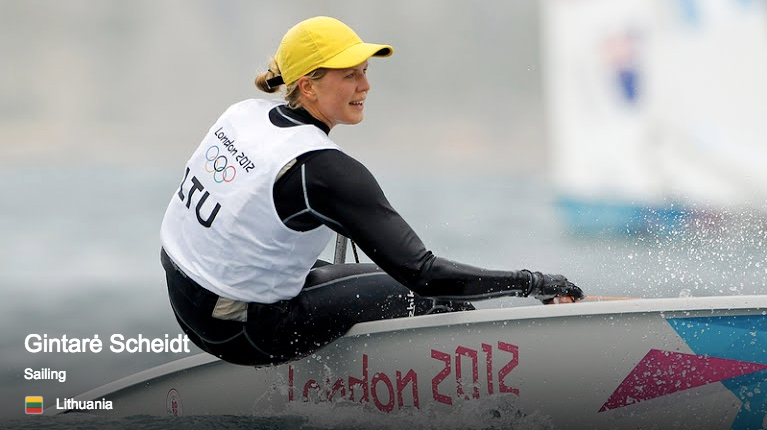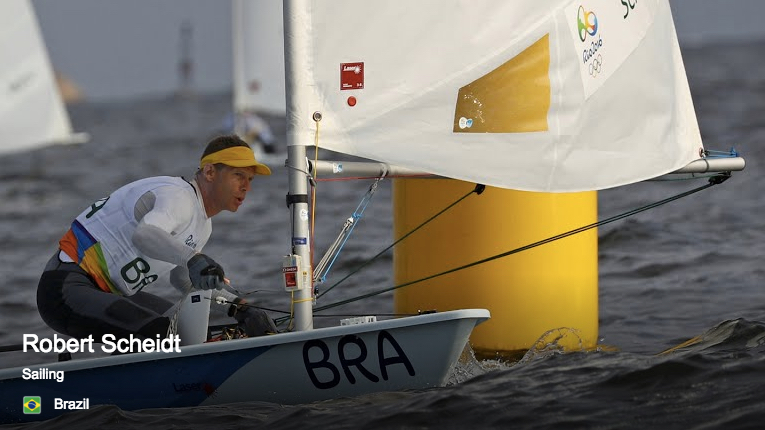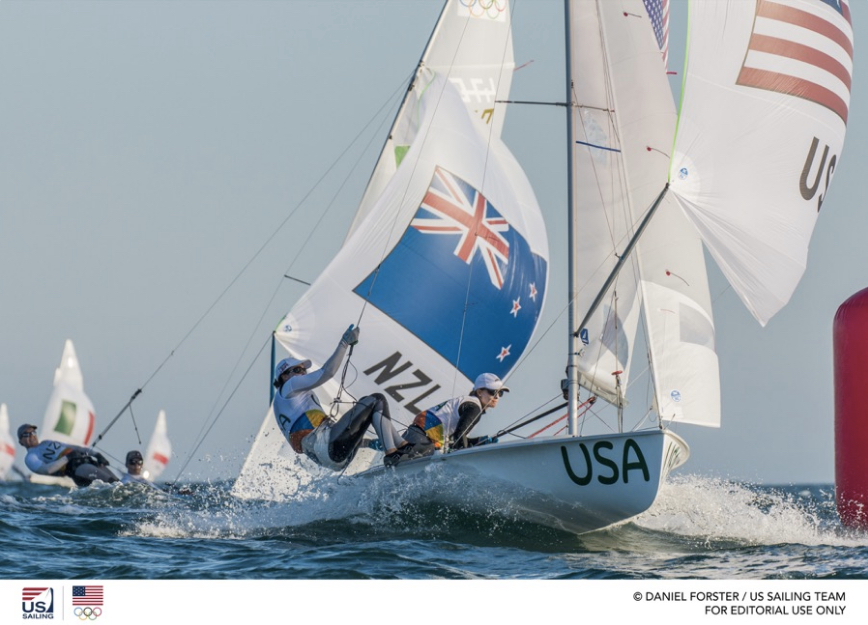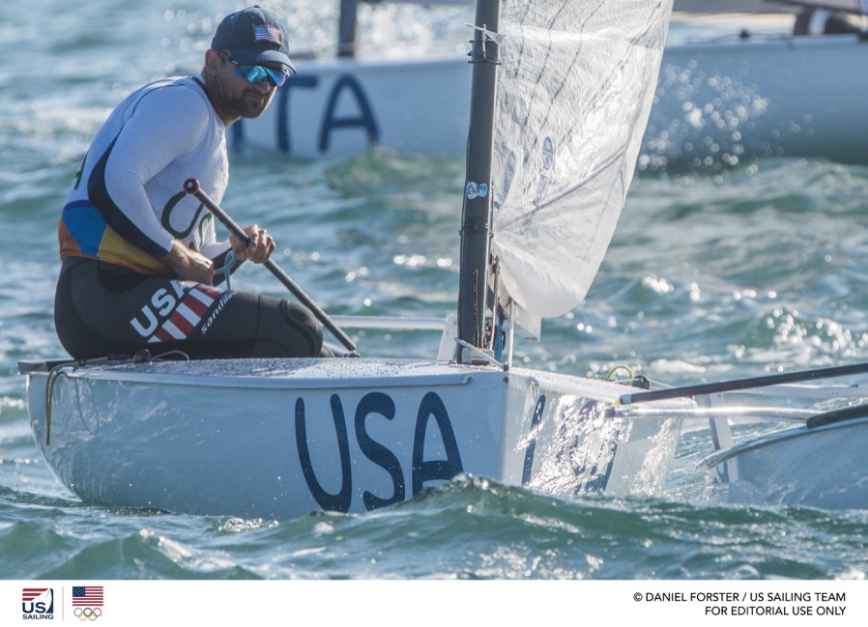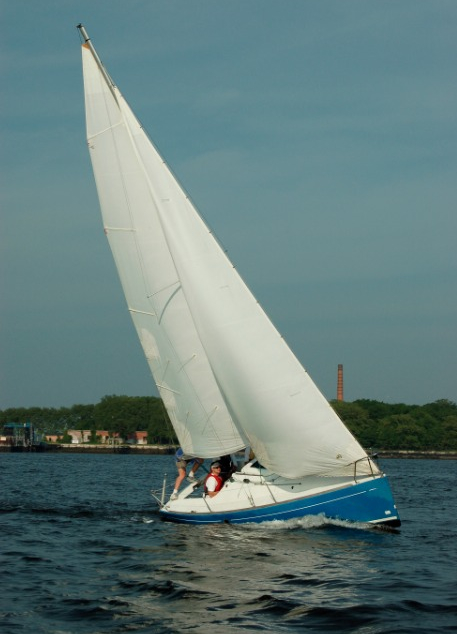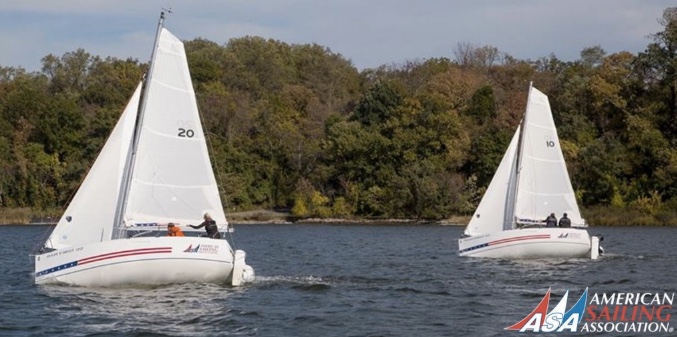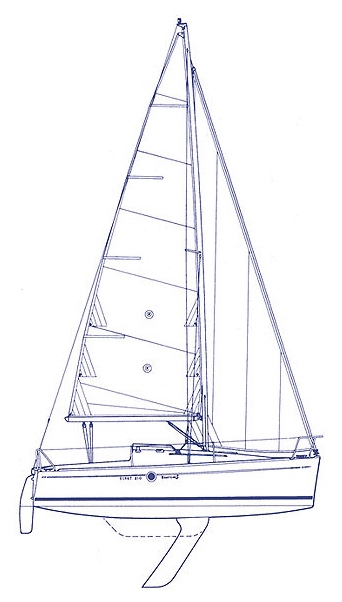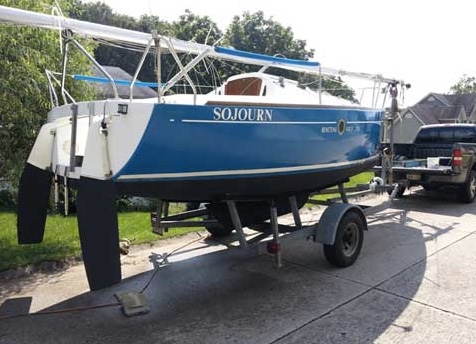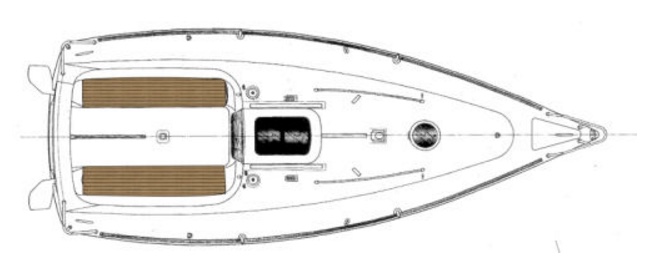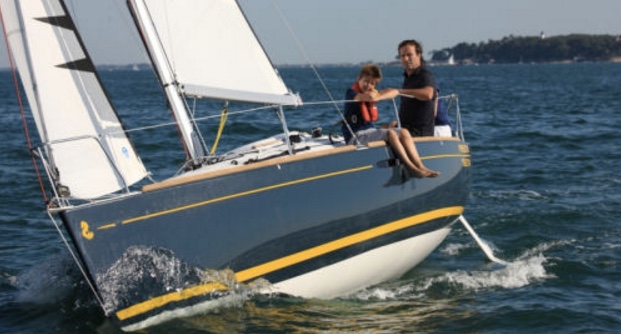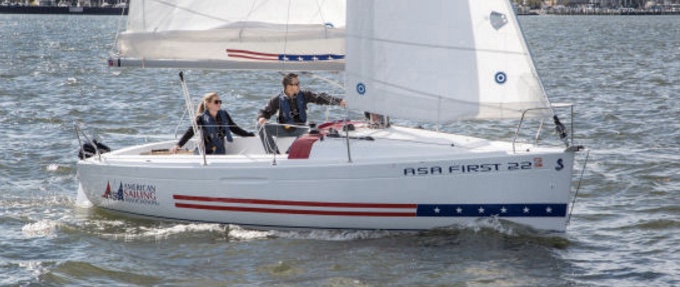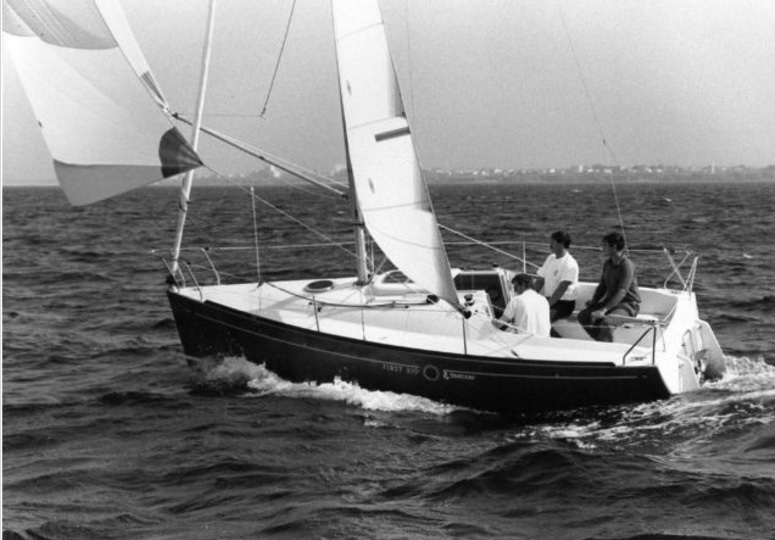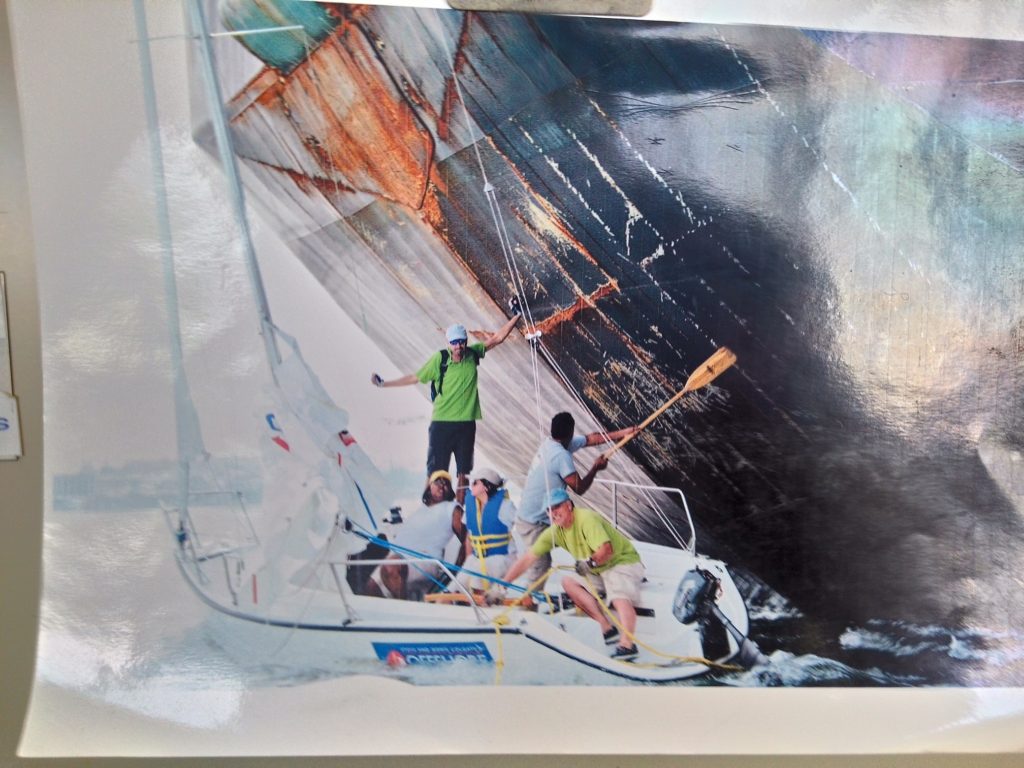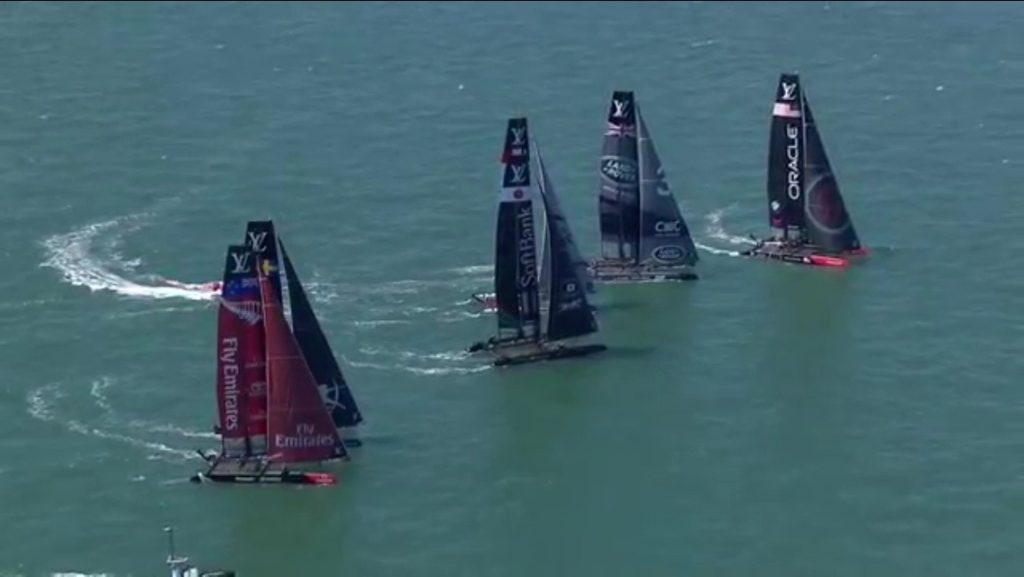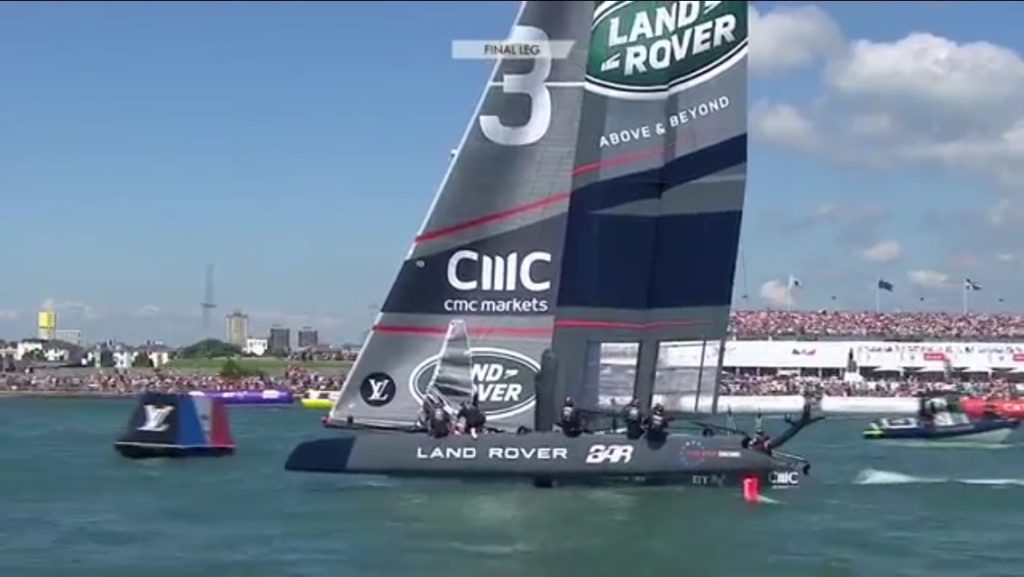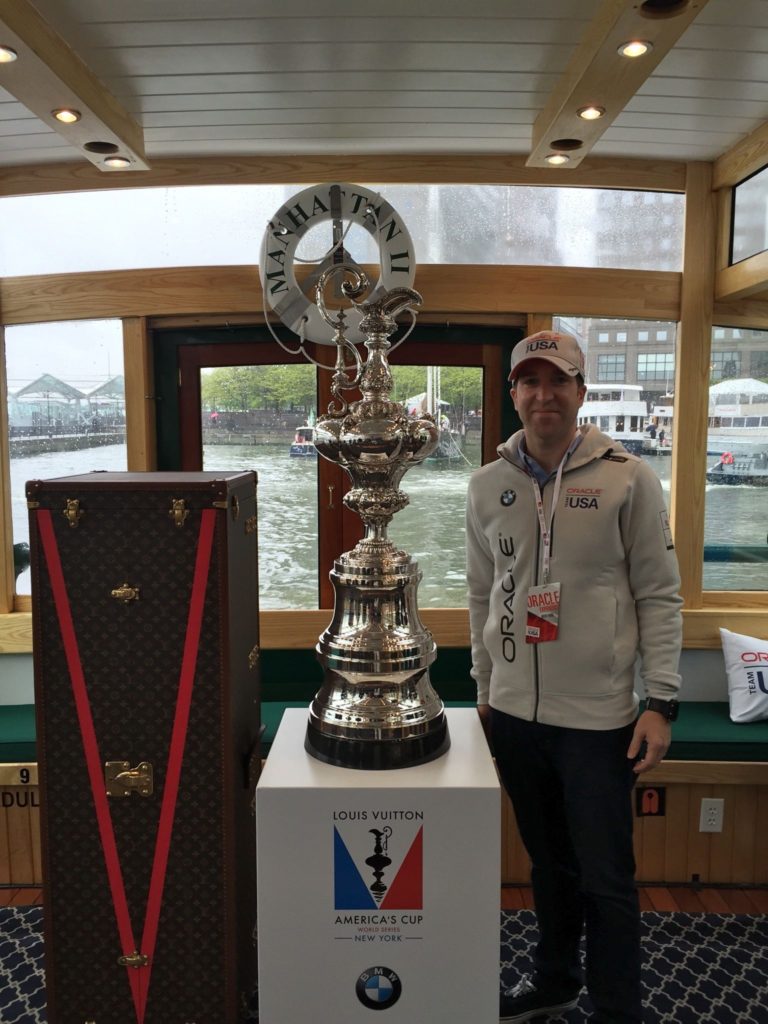But could I figure out how to sail a Sunfish for the last race day of the season at Sebago Canoe Club?
Almost the entire fall series at Sebago was lost due to terrible weather. Orignally scheduled for a month or so worth of Saturdays, only one day turned out to be sailable. But, October 28 – the last day – looked so promising it was spoo-kay…
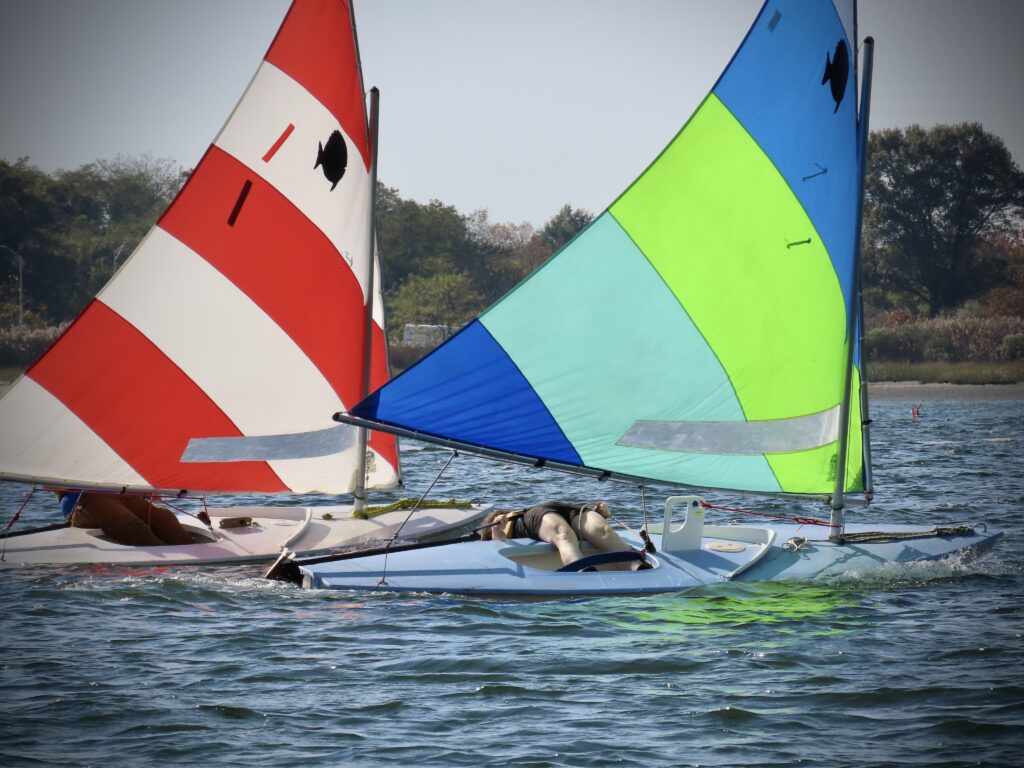
No Halloween colors represented on sails, but some nice colorways nonetheless, including the one I picked off the rack. Might have been a basic/practice rig rather than a ‘racing’ sail, but as I discovered, it doesn’t mattah. Not much, anyway. These are simple boats that challenge you to sail them well, not trick-o-treat them out. And, a good start always has and always will be key to consistent success in short course races.
I showed up early to grab the Laser I was familiar with. I didn’t expect to be on a ‘Sunny,’ as some call the Sunfish: one of the world’s most popular and important boats: with a well attended Word’s, in the Pan Am Games, and the mainstay sailboat class at Sebago. A few of the key club members were there before I arrived. Tracy asked if I wanted to sail one, in which case we’d go one-design that day. I said, “I’ve never sailed a Sunfish in my life, but sure!” I love one-design: all the same boats on the line, so no wondering who sailed better and who really won. Hadn’t done it in forever either.
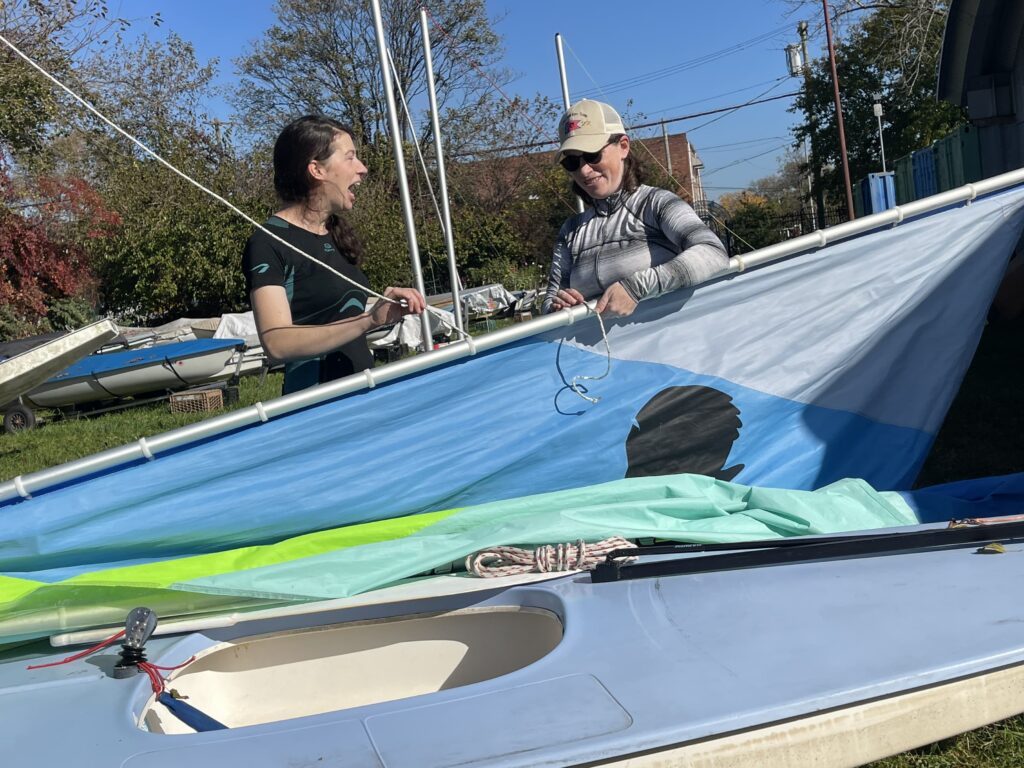
So, I started picking parts and gear out of the locker, and Max kindly helped me put it all together. Months ago, at new-member orientation in June, Paul gave a rigging and sailing demo of the Sunfish. I could tell he knew what he was doing and saying. Several veteran members of the Club wanted to give their two cents as well despite it being Paul’s gig. I ignored them and listened to Paul. But, I didn’t get around to trying out a Sunny myself so forgot his tricks. Max fixed that.
And Paul was racing today! He comes down once in awhile from Toronto to grace the area with his presence. I figured Paul would be one of the sailors hardest to beat in the fleet today; he proved me right. (He races Sunfish and Lasers and travels around to do it.)
It was so summery-warm on the way out I was sweating. Forgot about it once out in the Bay with more consistent wind. No wetsuit despite late October, as it was too damn warm. Water wasn’t so cold after all; hard to not get feet and butt wet in a dinghy and didn’t exactly freeze up. This weather was a gift.
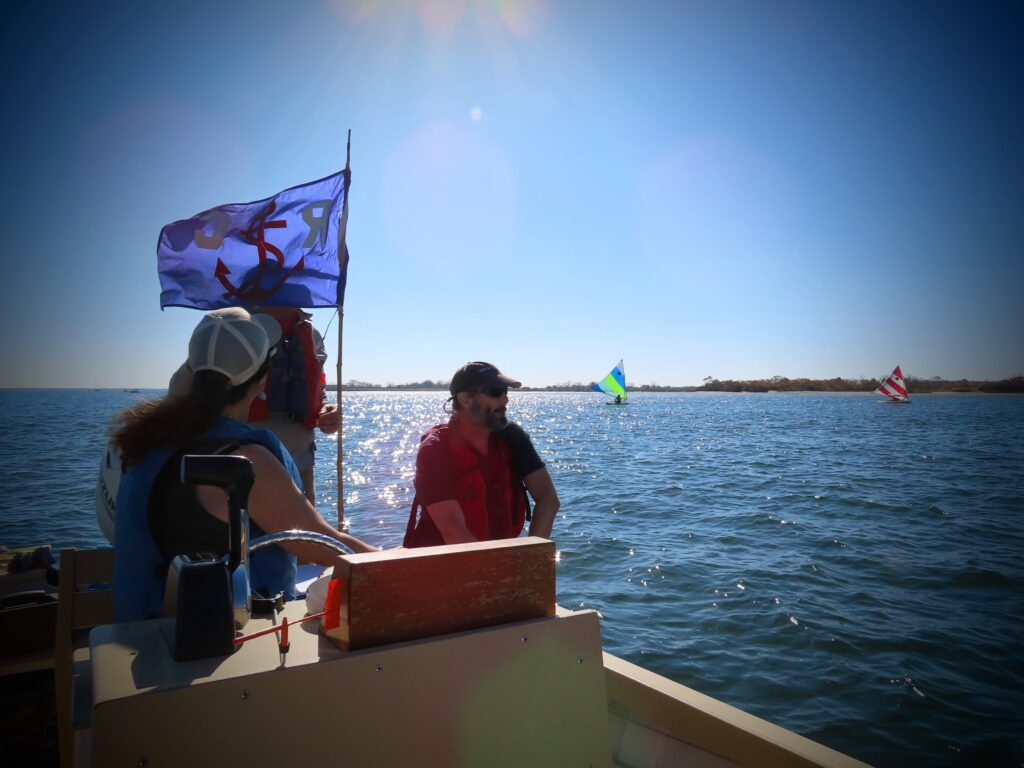
So, after the Sebago Cup in September that I wrote about in the last Rant, I was wary of not being on my game for the start. Only had the one back in September as it was one distance race of around 7 miles. This time? A bunch of short course races. That meant a number of opportunities to get a good start, but also that each race’s result largely depended on those starts. So, I perused the starting line to see where advantage might be gained. I made a plan for how to time the start and have some latitude to react to competitors who could wind up in my way, possibly with right-of-way.
First race: I decided on a windward (right side of line) to mid-line start. That would give a little more leeway for timing and dinghy-dodging, and also give me more freedom to tack (cross the wind and sail the other way) in response to wind shifts or to clear my air from competitors. I visualized my out-and-back path, focused on timing, and executed.
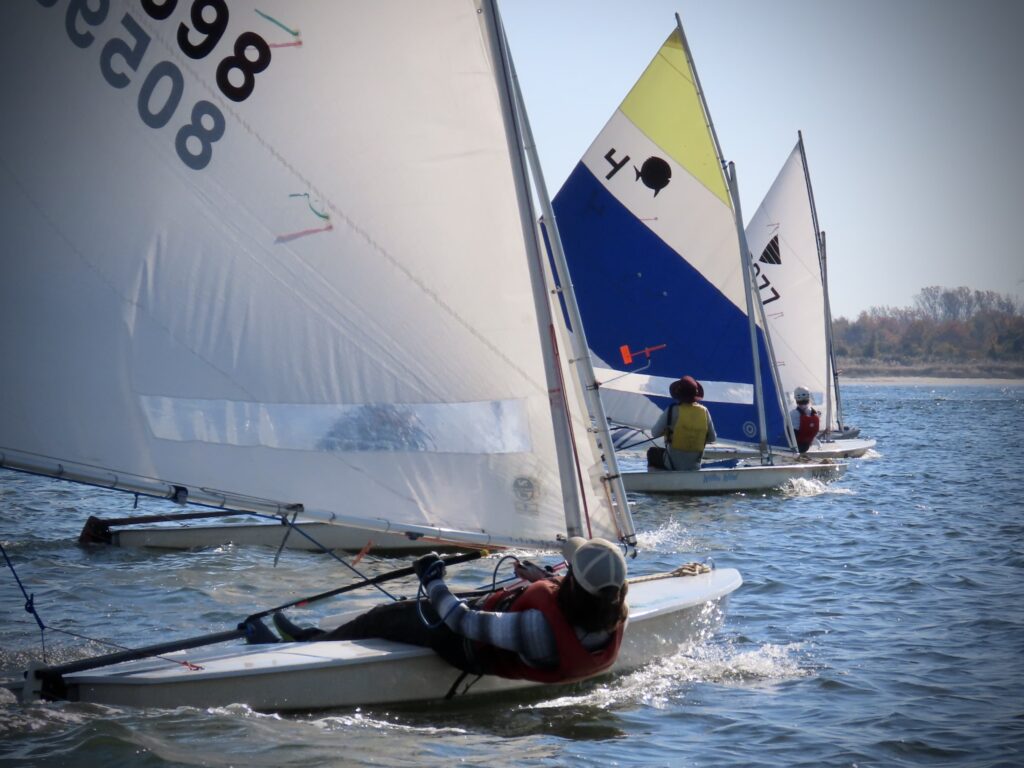
BAM! On the line, at full speed, near the windward end, at the gun. I pulled ahead and soon after tacked to cover the boats that had started going right, which was the call due to a current setting left and the fact that the first mark, ‘windward’ or upwind, was a little off center to right.
I led that race the whole way, and finished first. Wow! Only my second actual race in decades, and my first time in a Sunfish. I was “starting to believe.”
Turns out… I rounded the downwind mark the wrong way. Didn’t affect anything; no advantage. But, it was the wrong way. I was advised of this casually by the RC (Race committee) when approaching the finish line. Oopsie…. So, I said, okay, toss me from the race. Not worth sailing back to round the correct way and dodge oncoming boats only to officially finish last. They scored me DNF (Did Not Finish). Might as well have made it DAF. (First letter is for Dumb; you can figure the rest out.)
Then it came back to me: that was my Dad’s and my MO. We were infamous for rounding the wrong way, or rounding the wrong marks. Keeping up the family traditions!
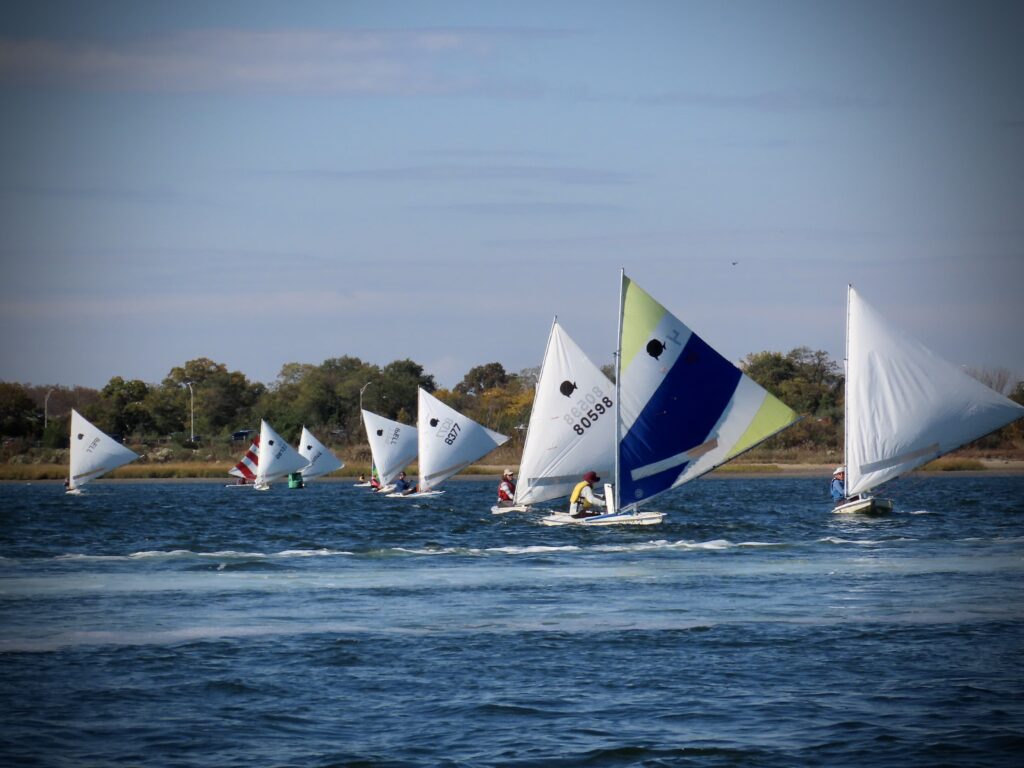
Next race: thought I was doing okay at the start, but then just after the gun, I saw two or three boats cross fast at the leeward end on port tack. Done. They probably timed the wind shifts well, and they were off to the races. I stayed left for a bit to try to clear my air and look for more wind; only chance to recover. I wound up way back in the pack. Don’t remember my finish but it was close to last. (Someone always has to come in last, of course.) Oh, well. More races to come.
Next race: nailed another start; rounded first mark in 2nd place. But, I dropped a position as Isis expertly overtook me at the downwind mark after we debated whether she had an inside overlap in time (2 boat lengths before the mark), and therefore rights to room at said mark. I said no, you’re clear astern. No problem for Isis; she went wide of me and executed an expert mark rounding. I flubbed mine. She was in the zone, and got just past me at the starting line. I like a tight finish, so didn’t mind that she nudged me back to 3rd.
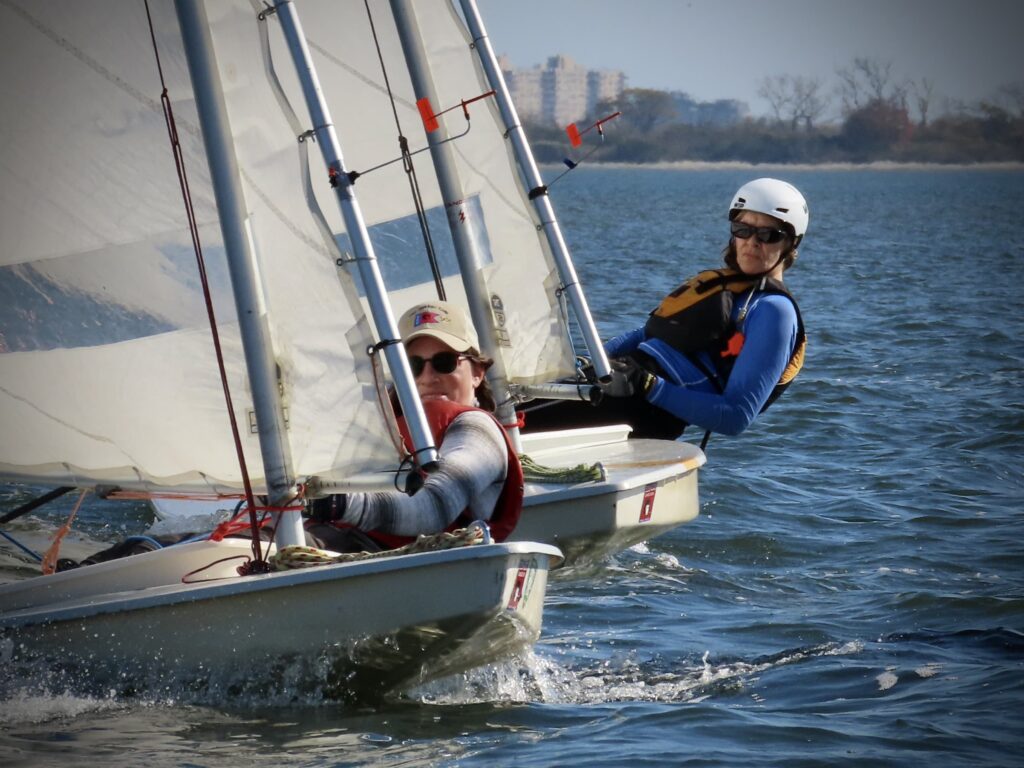
Next race? Dip start! Dad’s go-to, and a favorite of mine. Come in from upwind of the starting line (wrong side), and dip down into a hole with good speed and clear air, plus room to maneuver. Risk; everyone downwind of you has total right of way. I was correct in that there’d be room. But, apparently, I was over the line early; they said so, and while I was convinced I was not, as I’d been looking back and forth over my shoulder to confirm the bearings, they of course had a better view and no bias. So, had to go around the end which costs a lot of time and distance. (Didn’t realize they only require dipping back down over the line, but that is often impossible with other boats on either side of you.)
And then, another revelation: Yo-Yo! Dad, especially, was a Yo-Yo. Up and down; consistency wasn’t a concept we seemed to sail by. I was being a yo-yo, yo! We both kept it more together when there was a regatta to be scored, but in “any given Sunday” frostbite racing, for example, we (he especially) ran up and down that yo-yo string.
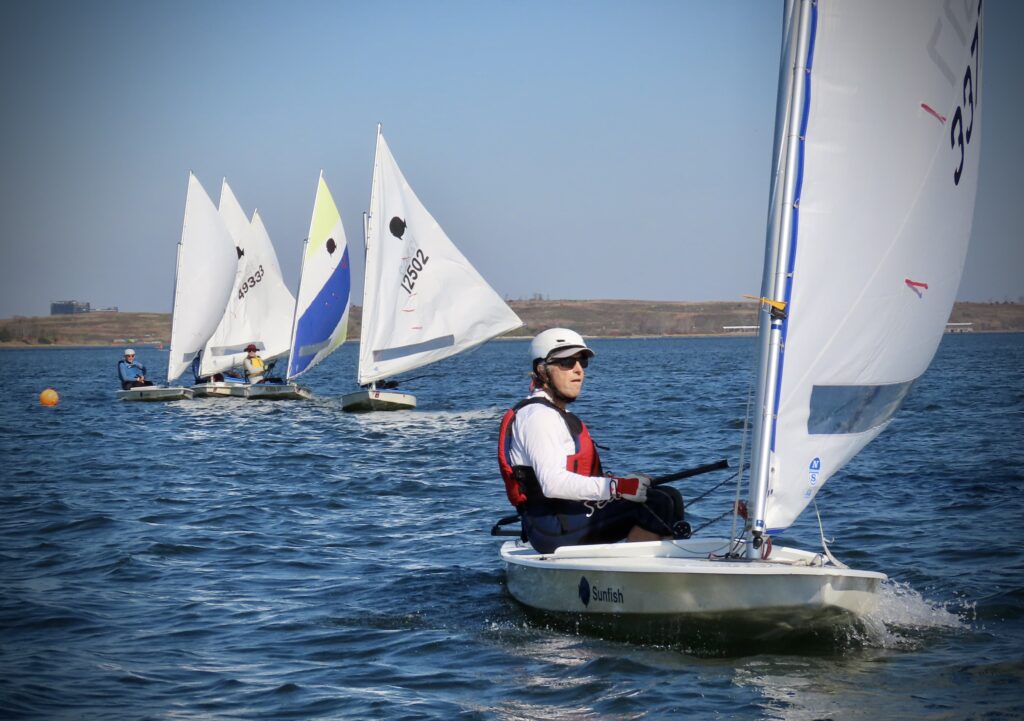
So it went, and we got 6 races in. Abundant sunshine; comfy temps; 12 boats on the line! That was all but unheard of at Sebago in recent years. They have closer to 15 Sunfish that the Club owns, plus a few private ones, but it’s very rare to get that many people choosing to sail in the same boats on the same day. Maybe this glorious day will prompt more of that.
Plus, there’s some kind of riding stable nearby, and we were treated to small groups of horses being ridden along the upwind shore from time to time! Special sight…
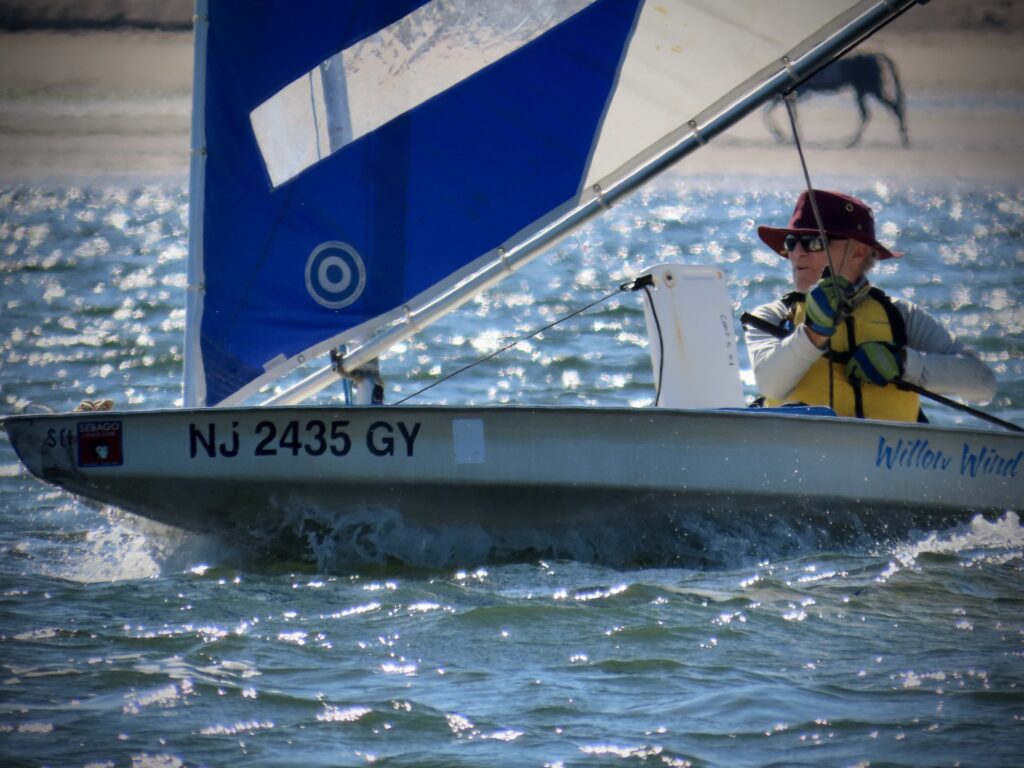
I don’t have much experience at Sebago yet, so I’m not sure what’s common. That said, it seems that women participate as much as men. This race day was a fairly equal mix. I like to see that in any sport or activity in which it makes sense (as opposed to full contact martial sports, for example). Some sailing classes require heavy and strong people to sail them, so they’re men-only on the race course. Classic example: the Finn Dinghy, the former Olympic heavyweight singlehanded class. It used to be the only singlehander, but to accommodate smaller athletes, they added the Laser. Even the full-sized Laser is too large for too many women, but the Radial and the one smaller than that (forget the name/size) have their own starts and women race against each other. Co-ed sailing is increasing as well, including in the Pan Am Games and the Olympics.
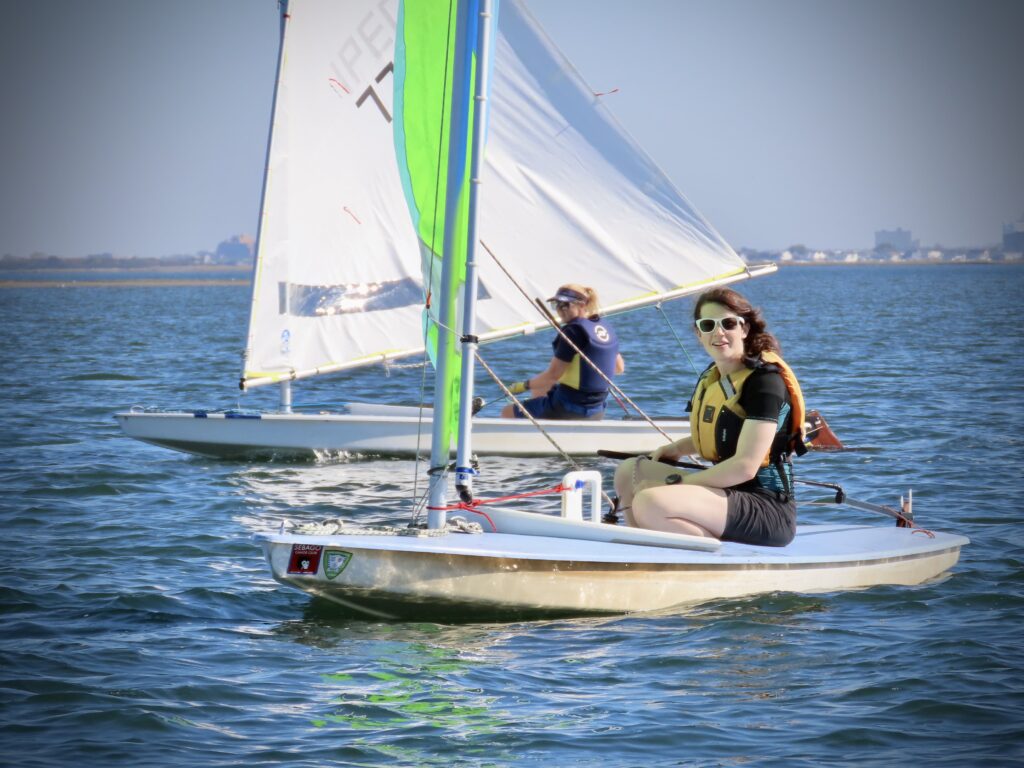
My takeaways on the Sunfish? It’s great! I didn’t expect to enjoy it as much as I did. It’s simple, forgiving, and lets you focus on just sailing the boat well and placing yourself in relation to your competitors. It’s the great equalizer. I had a dubious practice/play rig; others had ‘race’ sails with more shape and more adjustments. But, it didn’t seem to make much difference if any. Maybe at much higher levels of competition, but not for pick-up local racing on very short courses.
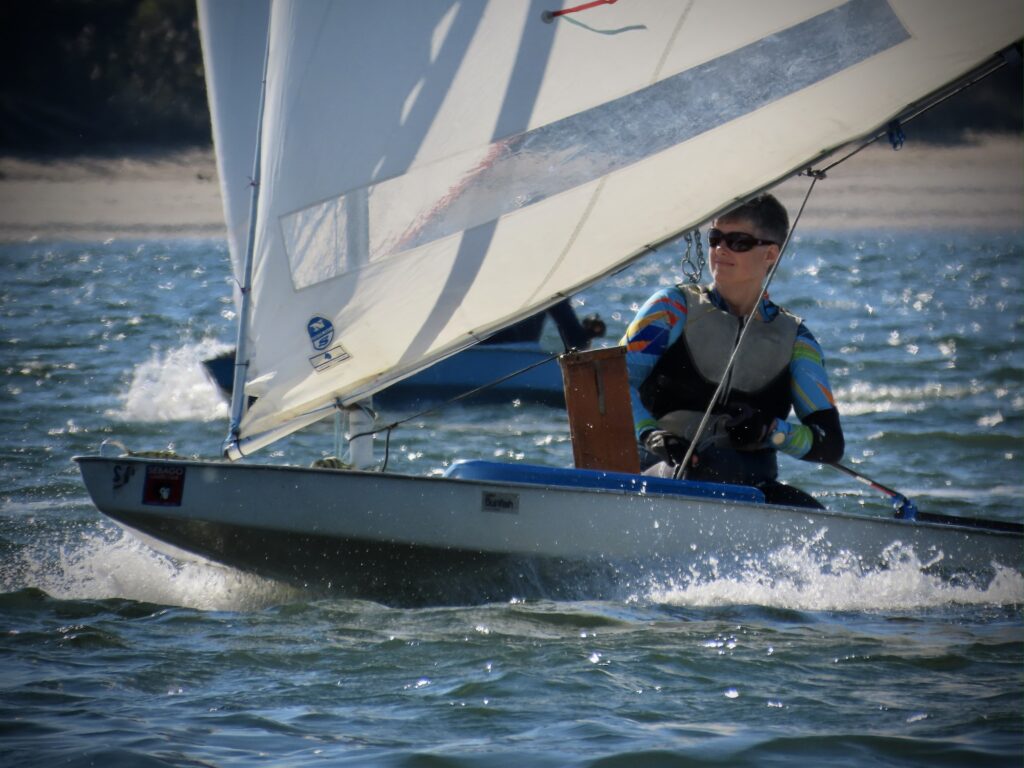
Sailors of very different physical proportions can be competitive together in a Sunny fleet. Part of that is the sail being lower, so there’s less leverage to lean the boat over and potentially flip it. It has the same sail area as a full-size Laser rig (75 v. 76 square feet), but the overall height of the sail is lower, and much more of it is way further down due to it’s very triangular ‘lateen’ rig. Tech terms: CE be low. Sure, it’s less efficient. But if you’re sailing against other Sunfish and not full-rig Lasers, who cares? And it’s a really fun boat.
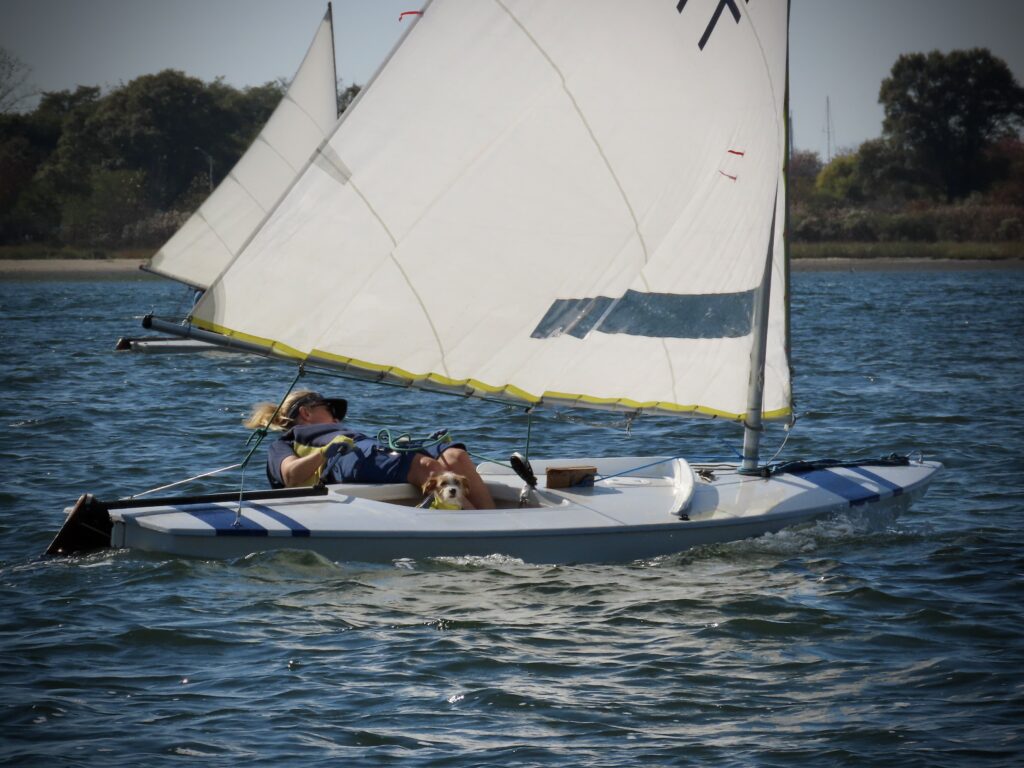
If sailing a Sunny is what it takes to get more of the same boats on the starting line, then I’m all Sunny Dee-Lite. And I’m sure I’ll choose to take one out once in awhile for more casual bopping around in a sailing dinghy when it’s just about time on – and super close to – the water.
